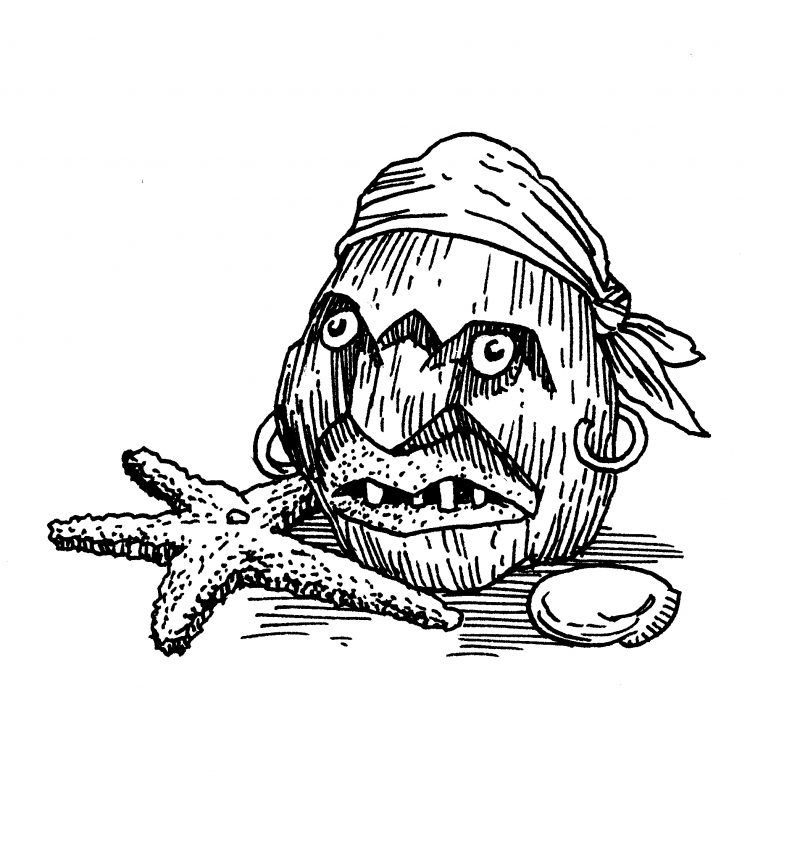Each year my family and I take a week at the beach, rent a furnished house as close to the water as we can afford, and spend our time participating in various seaside activities, from body surfing to putt-putt to collecting pretty bits of ocean detritus. We buy souvenirs and take home hermit crabs destined for backyard funerals. We buy towels printed with locally humorous sayings, destination place-names, or oversize images of one-million-dollar bills. For the duration of our stay, we live in an oddly rarefied visual environment determined by the landlord, amid pirate heads made of coconut shells, tongue-in-groove ceilings and walls, shell-motif furnishings, and mini replicas of schooners. Beach-house aesthetics remind us of a familial past lived on and near the water, an experience most middle-class Americans, including us, can’t claim. Ours is a nostalgia for an illusion.
Middle-class Americans have been spending a week at the beach—renting houses, borrowing cottages, or taking rooms in boardinghouses or motels—since the late nineteenth century, but most avidly since World War II, with the burgeoning of car culture, the standardization of vacation time for workers, the advent of the family vacation in the Eisenhower years, and the parallel popularity of what Susan Rugh (and others) has called “the ritual of mobile citizenship”—that is, in part, driving as a family to national monuments and parks. But the beach week is also an act of museumgoing. The beach house as a museum employs a coherent aesthetic variously termed “shabby chic,” “coastal chic,” “coastal style,” and “cottage” (although “cottage” has an inland connotation for many interior decorators). The beach house includes a paean to a life at sea as well as to a life barely ashore, but does so by referring to lives that were never lived, representing an original ethos that looks to be based on a previous generation’s values—but isn’t.
By incorporating handmade objects or handicrafts with mass-produced art—using materials such as driftwood, pebbles, raffia, rattan, and seashells, along with molded plastics, reproductions of paintings, and mechanically rendered screen prints—the curator of the beach house hopes to “blur the boundaries between indoors and out,” according to Sally Hayden and Alice Whately, authors of the coffee-table work Coastal Style: Home Decorating Ideas Inspired by Seaside Living. Extensive use of glass and rough wood architecturally promotes the “easy rusticity” of coastal style. Altogether, the aim is to serve as a “calming reminder… a soothing, well-ordered impression,” to provide a “breezy, barefoot feel” and evoke a “maritime mood.” The beach house as a museum institutionalizes reverie.
Rent a beach house for a week, and become a participant in a museum installation. Surrounded by embedded objects that look like mementos, that aren’t...
You have reached your article limit
Sign up for a digital subscription and continue reading all new issues, plus our entire archives, for just $1.50/month.
Already a subscriber? Sign in





